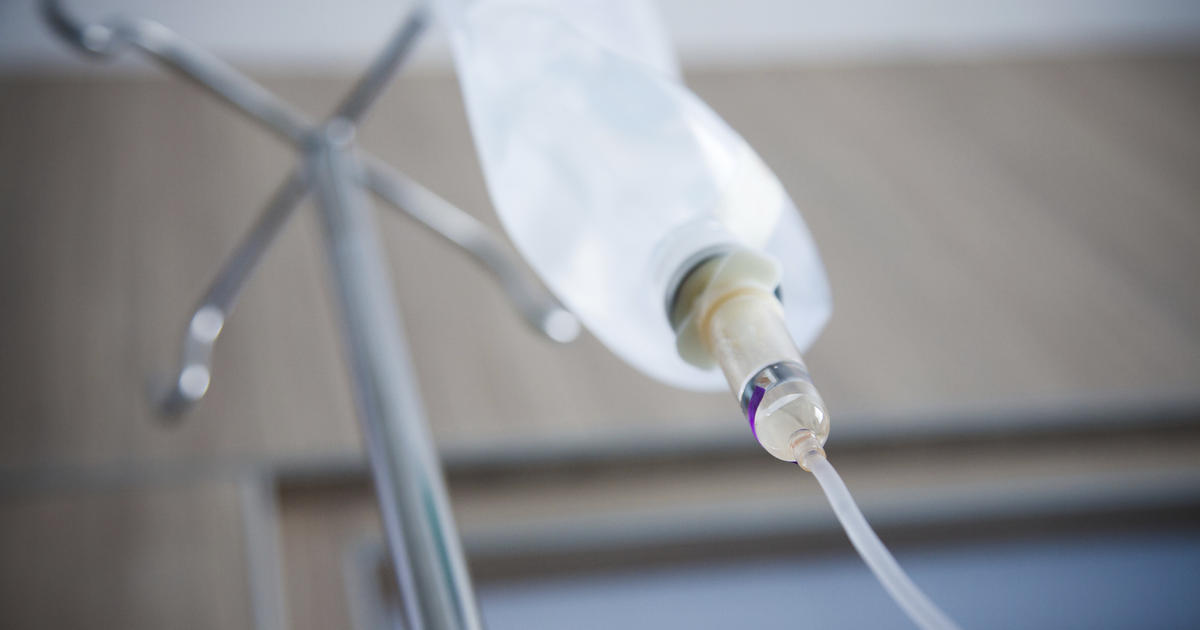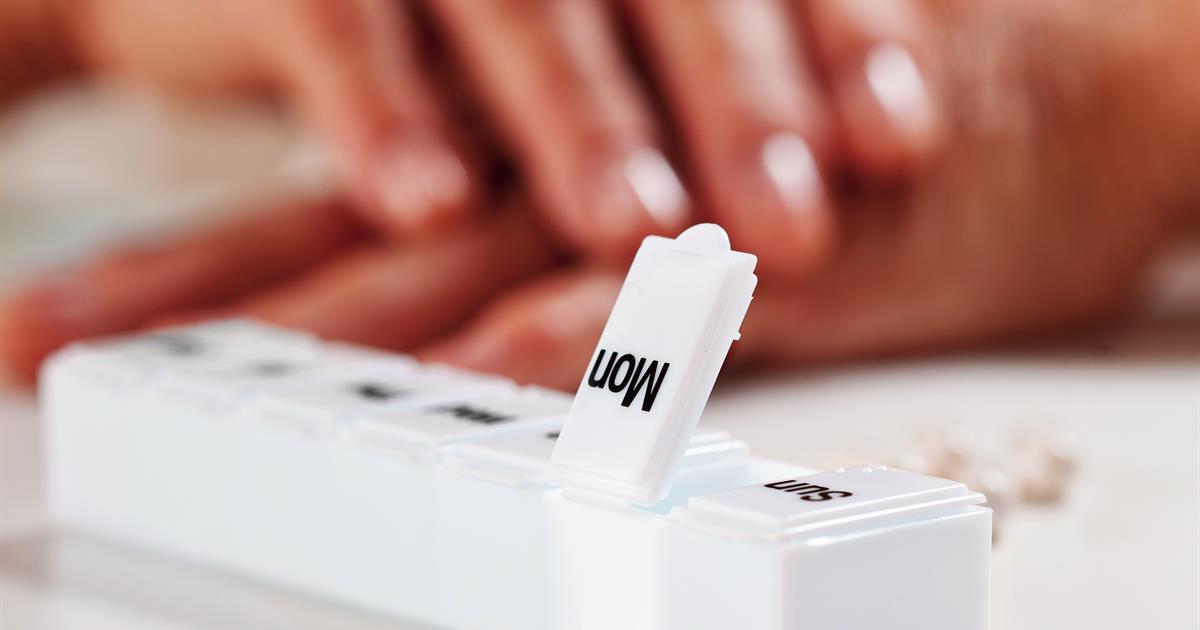Guide To Treating And Preventing Acute Cholecystitis
Acute cholecystitis is the medical term often used for sudden inflammation of the gallbladder. It is generally caused by a blockage due to a lodged gallstone, but may be caused by other factors as well. Symptoms include pain, tenderness, fever, nausea, and vomiting. Left untreated, the gallbladder could become damaged, potentially resulting in gangrene or a rupture of the gallbladder.
Acute cholecystitis is pretty rare. Less than fifteen percent of the population is believed to have gallstones, and only up to about four percent of those individuals are expected to suffer from an acute bout of cholecystitis. Treatment is necessary to reduce symptoms and prevent complications.
Intravenous Fluids To Prevent Dehydration

Patients with acute cholecystitis will most likely be admitted to the hospital for treatment, where they will most likely be unable to eat or drink anything. In this case, it is especially important to remain hydrated to prevent complications or the onset of additional medical problems. Patients will receive the appropriate fluid mixture through an intravenous drip, known as an IV. They will have to remain in the hospital while receiving intravenous fluids to prevent dehydration. Once they are feeling better, it is important to drink enough fluids to keep the bile moving freely through the gallbladder.
Pain Relief Medication

While not exactly a treatment for acute cholecystitis, pain relief medication may be necessary to relieve symptoms so patients can feel more comfortable. If a blockage in the gallbladder is causing acute cholecystitis, excess bile will not be able to flow and can accumulate within the gallbladder, resulting in a lot of bile retention and severe pain. This pain is typically felt within the upper right quadrant of the abdominal region and can radiate all the way into the back or right shoulder. Pain medication will only be necessary until the strain of the excess bile in the gallbladder is relieved.
